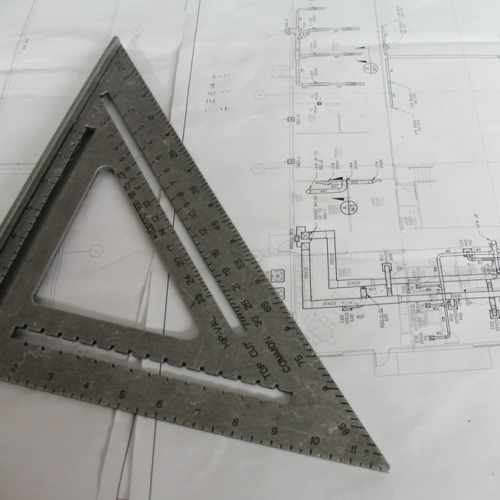A new generation of technologies is enabling core project processes in ways that were not previously possible. This is no longer about doing the same thing, digitally. This is no longer about better faster IT. Rather, the latest generation of software is a core competency and a foundational shift in how construction can be performed. As an example:
ShapeDo is the only service which enables an end-to-end change management process in complex projects.
Not the only software provider. ShapeDo is the only service – software, engineering, or otherwise, that enables efficient and comprehensive change management.
Change is the single biggest risk factor in construction. As such, change management is a core project process. It’s a crucial process impacting cost, design coordination, program, delivery, reporting, records, forensics – the lot.
Like takeoffs, payments, or design – there should be a person (or three) dedicated to change management. Except change management ripples through every role in a project and can’t be siloed out into a single person. Rather, change management demands a collaborative effort between multiple people, and – miracles aside – that never really happens in construction. So change management historically remains under-addressed, and change remains the undisputed leading risk factor in construction projects.
Enter ShapeDo.
For a couple of years, we’ve been offering an expanding set of tools:
- Drawing comparisons that save thousands of engineer and QS hours
Review and approval processes - Data structuring and control services
- Communication, coordination, task management, and reporting
- Measurements, costing, and change reports
- Schedule pressure analysis, both ongoing and forensic
As we engage with more and more projects, a picture starts to emerge: ShapeDo is doing the job of an engineer. It’s not just an assortment of tools; put together and implemented correctly, ShapeDo becomes the “change management person”.
It turns out that when you combine fast review, bespoke approval processes, easy contract tools, and automatic follow-on (aka nagging), you get exactly what a hypothetical change manager would do. Tying all the functions together (on top of a technology that increases review speed by 90%+) makes the impossible possible. Jonathan Ralph, the Commercial Director of London Bridge redevelopment put his finger on it first:
“ShapeDo introduces a new level of process and control into the management of projects. The improved coordination, commercial position, and staff time saved make ShapeDo a must-have in every complex construction project”
This is incredibly important. It means a unique technology, coupled with smart implementation, enables contractors to perform a key process, which is otherwise unachievable. We’ve seen similar conceptual advances from other companies – across design, scheduling, reporting, and even core site management:
A new generation of technologies is enabling core project processes in ways that were not previously possible. These are not “IT”. It is not doing the same thing, digitally. It is not your document management system or computer-aided design. Rather, the latest generation of software solutions are actually process engineering firms: we understand construction, we consult projects and we facilitate a core project process. We just happen to deliver this as a piece of software.
This rosy breakthrough comes with a lot of thorns, and for this, we would greatly appreciate your input:
First, If technology can fundamentally change the way construction is done, becoming market leaders at understanding, procuring, and implementing technology becomes a core competency for contractors. The market is not there. How can the market get there, and how can we as providers help?
Second, in many ways, the most innovative firms suffer from “not fitting in any box” the most. IT is purchased by IT. Core engineering processes by projects. Core project processes delivered by software – not clear. Who is supposed to be buying, implementing, and controlling this software? How should construction businesses be thinking about this?
Finally – for us software businesses: how do we approach this new role? How do we break out from being pigeonholed into competitive bids for specific, established IT areas, just because we happen to deliver our services via software?
Your insight would be more than welcome.








